Fast and Reliable Septic System Setup for New Properties
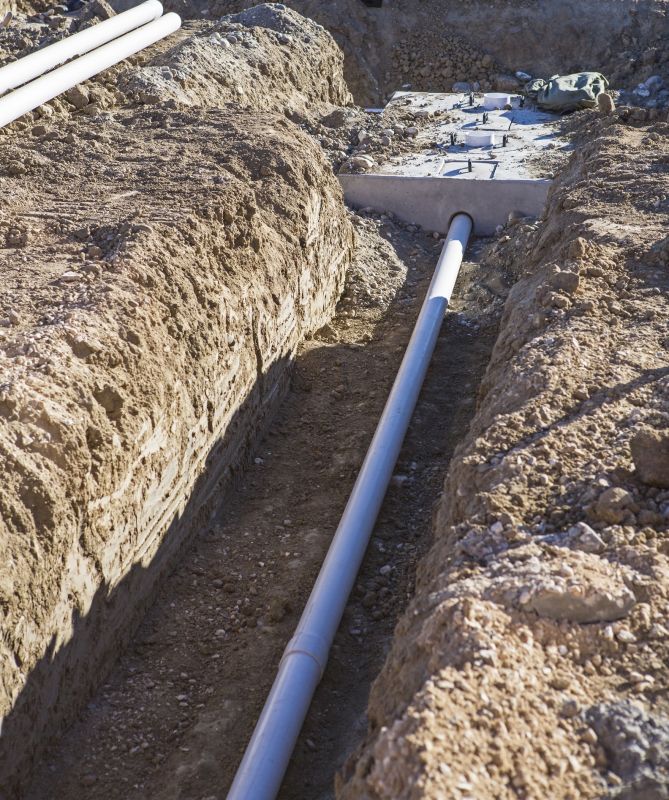
Completed septic systems typically involve excavation, tank placement, and pipe installation, ensuring proper waste management for residential and commercial properties.
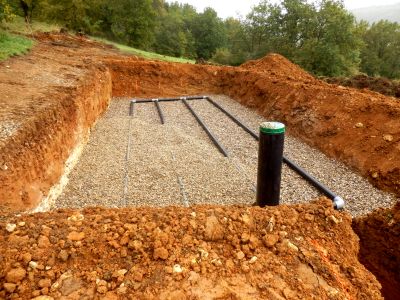
Key components include the septic tank, distribution system, and drain field, all critical for effective waste processing and environmental protection.
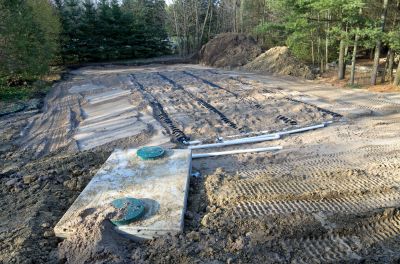
Visual evidence of properly installed septic systems showcases the careful placement and connection of all system elements for reliable operation.
Septic installations are essential for properties not connected to municipal sewer systems. They involve a series of precise steps to ensure proper waste treatment and environmental safety. Properly installed systems can last for decades with minimal issues, provided they are maintained correctly. The process includes site assessment, system design, excavation, tank placement, pipe installation, and final testing. Skilled professionals follow strict guidelines to ensure each component functions effectively, reducing the risk of leaks, backups, or environmental contamination.
Statistics show that the average septic system installation can take from one to three days, depending on site conditions and system complexity. The use of advanced equipment and experienced technicians can streamline the process, minimizing disruptions. Hiring a professional ensures compliance with local regulations, proper system sizing, and optimal placement, which are vital for long-term performance and avoiding costly repairs. Proper installation also reduces the risk of system failure and environmental hazards.
Designing a septic system involves assessing site conditions, determining appropriate tank size, and planning the drain field layout to meet regulatory standards.
Professional septic installation typically spans 1-3 days, depending on the project's scope and site accessibility.
Hiring experienced technicians ensures compliance with local codes, proper system functioning, and long-term durability.
The process begins with a thorough site evaluation to determine the best location for the septic system, considering soil conditions, water table levels, and property layout. Once the design is finalized, excavation begins to prepare the site for tank placement and pipe installation. The septic tank is set securely, connected to the drain field, and tested for proper flow and leaks. Final adjustments are made to ensure the system operates efficiently and meets all regulatory requirements.
Choosing a professional for septic installation offers multiple benefits. Experts have the experience to handle complex site conditions, ensure proper system sizing, and adhere to local regulations. Proper installation reduces the likelihood of future problems such as backups, leaks, or system failure. Additionally, professionals can provide guidance on maintenance and inspections to prolong the life of the septic system.
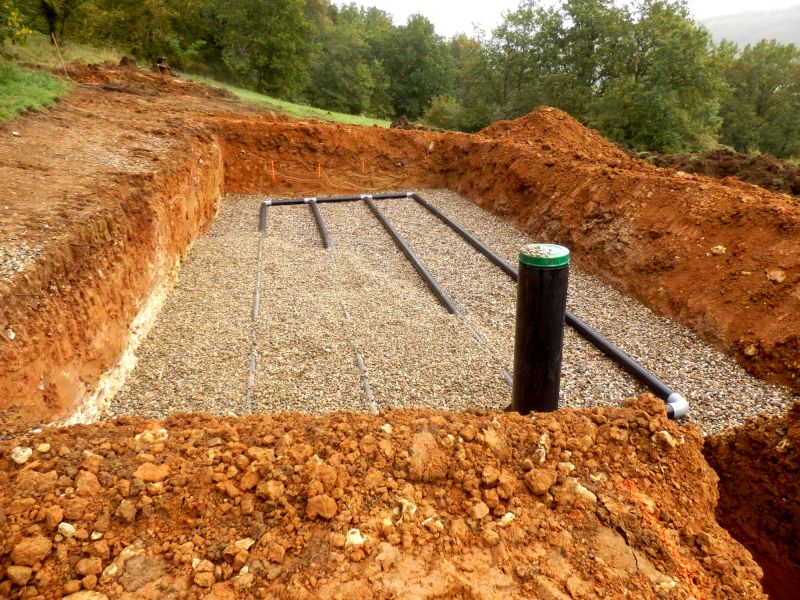
Preparation involves clearing the site, excavation, and grading to ensure a stable foundation for the septic tank and drain field.
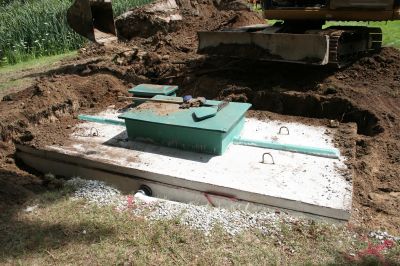
A fully installed septic system includes the tank, piping, and drain field, ready for use and compliant with local standards.
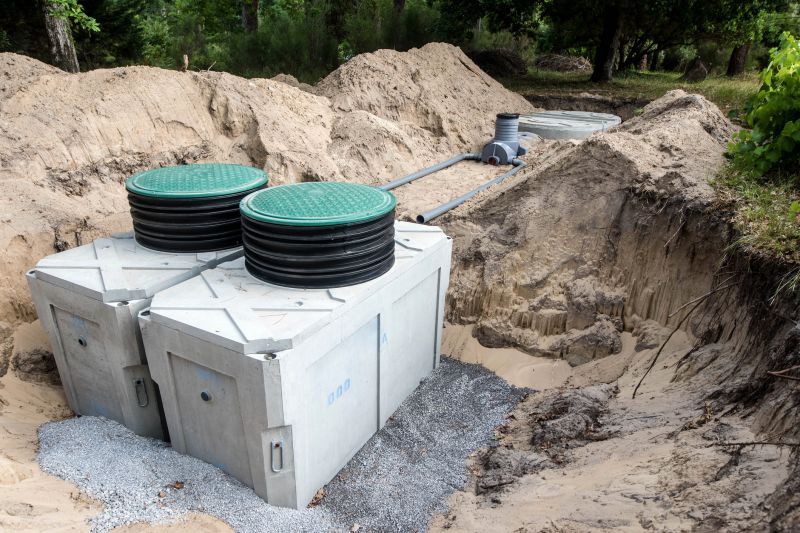
Post-installation inspections verify system integrity, proper connections, and compliance with all regulations.
Properly installed septic systems are vital for effective waste management and environmental protection. They require careful planning, precise execution, and adherence to local standards. Regular inspections and maintenance help ensure the longevity and reliable operation of the system, preventing costly repairs and environmental hazards.
For those interested in a septic installation, filling out the contact form can provide a detailed quote tailored to specific property needs. Professional guidance ensures the system is correctly designed, installed, and maintained for optimal performance.
